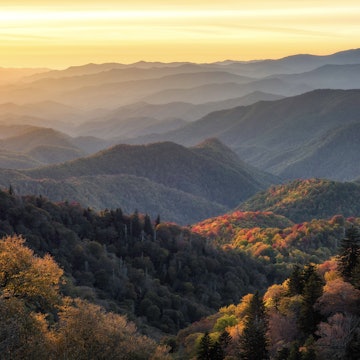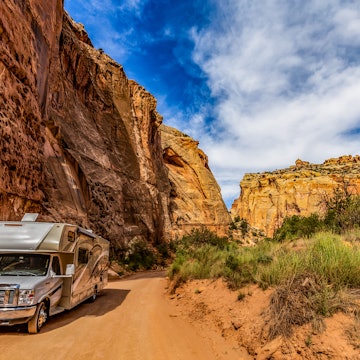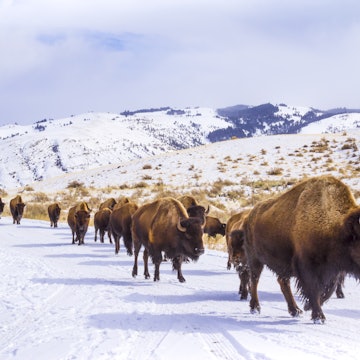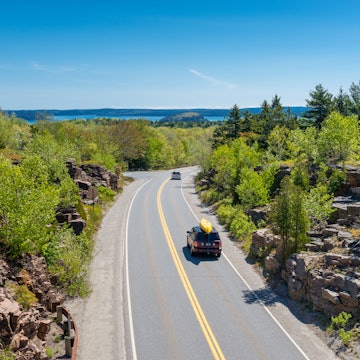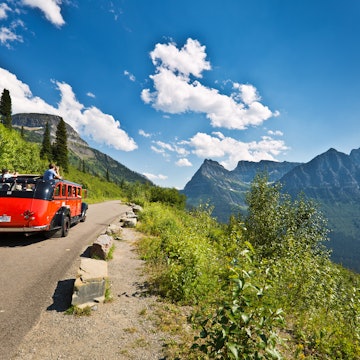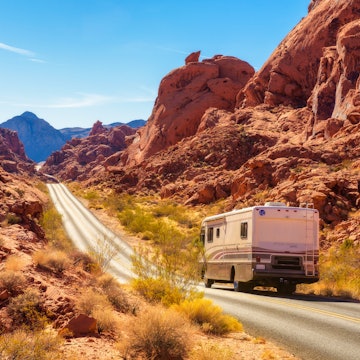
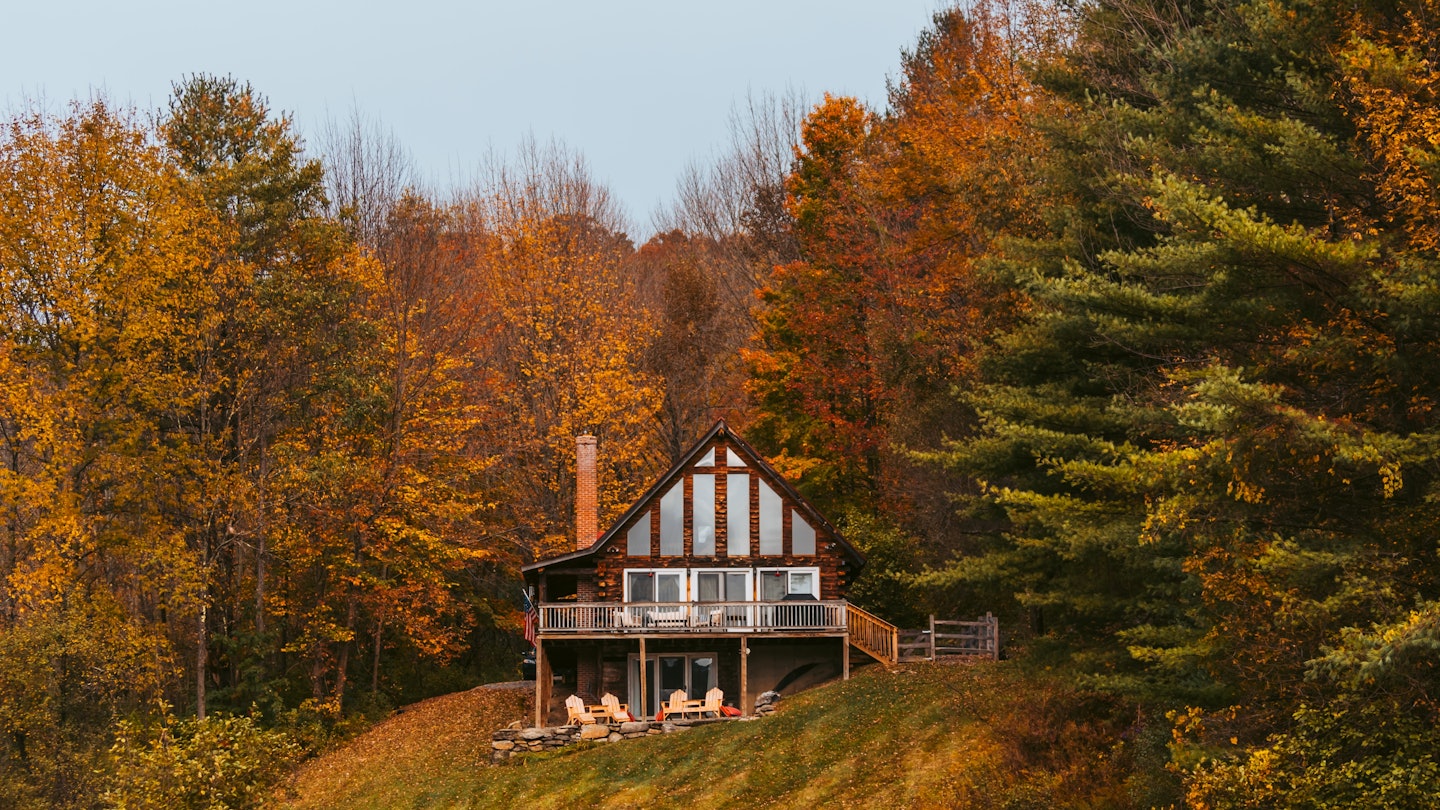
Book a cozy cabin any time of year in these laid-back US destinations. AndTheyTravel/Shutterstock
When you think of a classic cabin escape, a few destinations probably come to mind: upstate New York, the Great Smoky Mountains, Big Bear, just about anywhere in Colorado or Maine – or heck, nearly all of New England. Those places are rightfully popular; they’re fantastic. But if you’re craving tranquility, somewhere a bit more remote, less crowded and, often, easier on your wallet, it’s time to look beyond the usual suspects. These underrated cabin destinations deliver all the cozy vibes and natural beauty, minus the traffic and tourist traps.
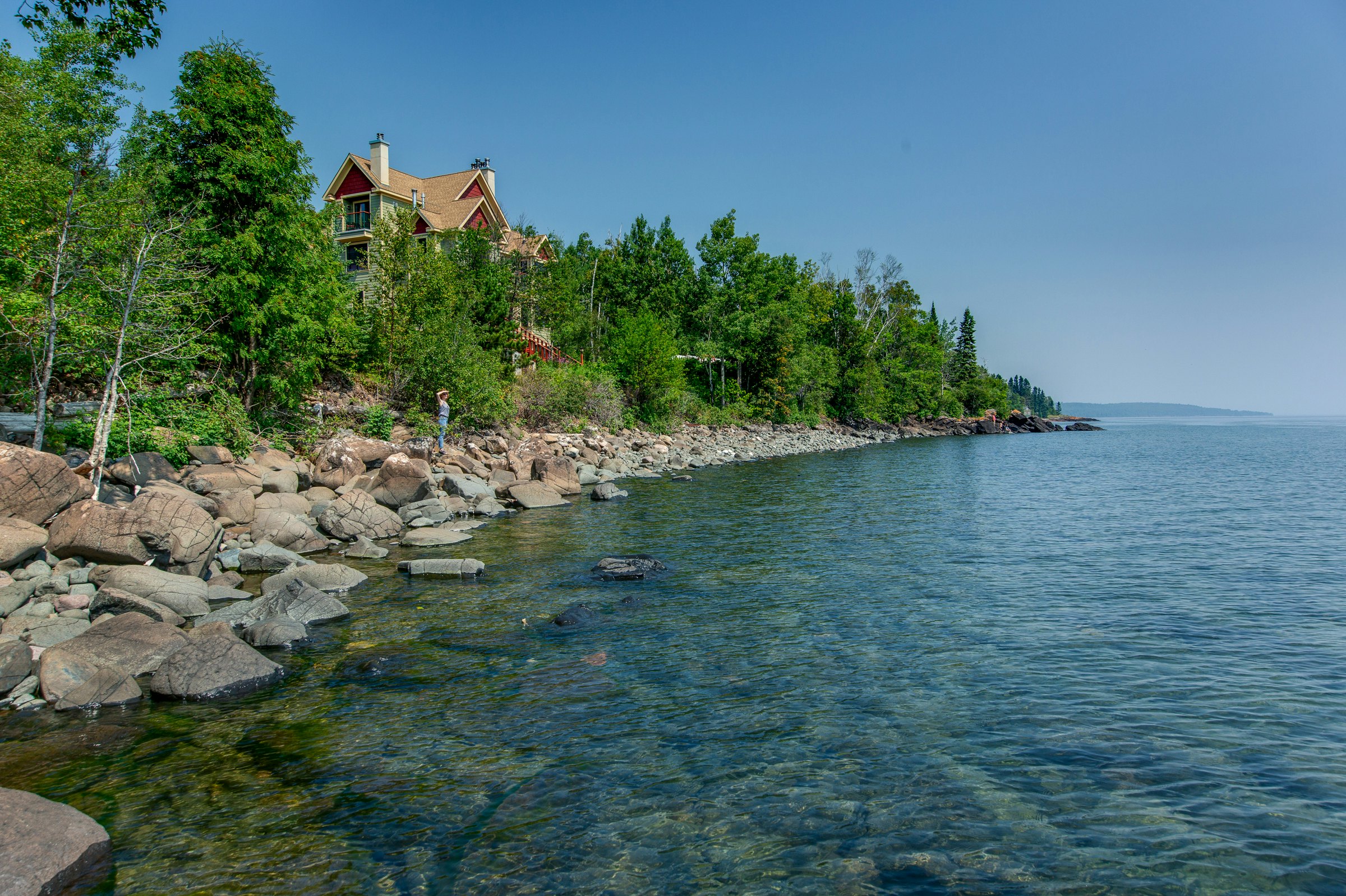
1. Minnesota’s North Shore
Best for feeling like you’re at the edge of the world
The North Shore stretches 145 miles along famously rugged Lake Superior – the world’s largest freshwater lake – between Duluth and Grand Portage. The journey really is the destination, with scenic pull-offs, lighthouses and adorable coastal towns like Two Harbors, Tofte and Lutsen, all dotted with cabins. In every season, get up early to watch the sunrise, scan the woods for moose, hunt for agates on the beach and explore Minnesota’s best state parks (don’t miss Temperance River, Tettegouche and Gooseberry Falls).
What to do: Near Tofte, hike the 2.4-mile Oberg Mountain Loop, part of the Superior Hiking Trail, for insane views of Lake Superior, Oberg Lake and the surrounding forest.
Where to eat: Pop into Russ Kendall’s Smokehouse in Knife River for wild-caught smoked fish. specifically, sugar-cured anything (I’m especially partial to the walleye). In Two Harbors, grab a slice or three of Rustic Inn Cafe’s famous North Shore Berry Crumb pie.
Planning tip: Not so low-key, fall colors in the North Shore rival anywhere else in the US, but be aware that many businesses close after Labor Day. Also, stock up on groceries at the Super One in Two Harbors – prices jump significantly at the smaller general stores farther north.
Getting there: Duluth has an international airport (DLH), but it only flies direct to Minneapolis and Chicago and can be quite pricey. Consider flying into MSP and driving the 2.5 hours. Grand Marais is exactly two hours north of Duluth. While I strongly recommend driving yourself, if for whatever reason you don’t, book a ride on the Superior Shuttle Service or Arrowhead Transit (Tuesdays only).
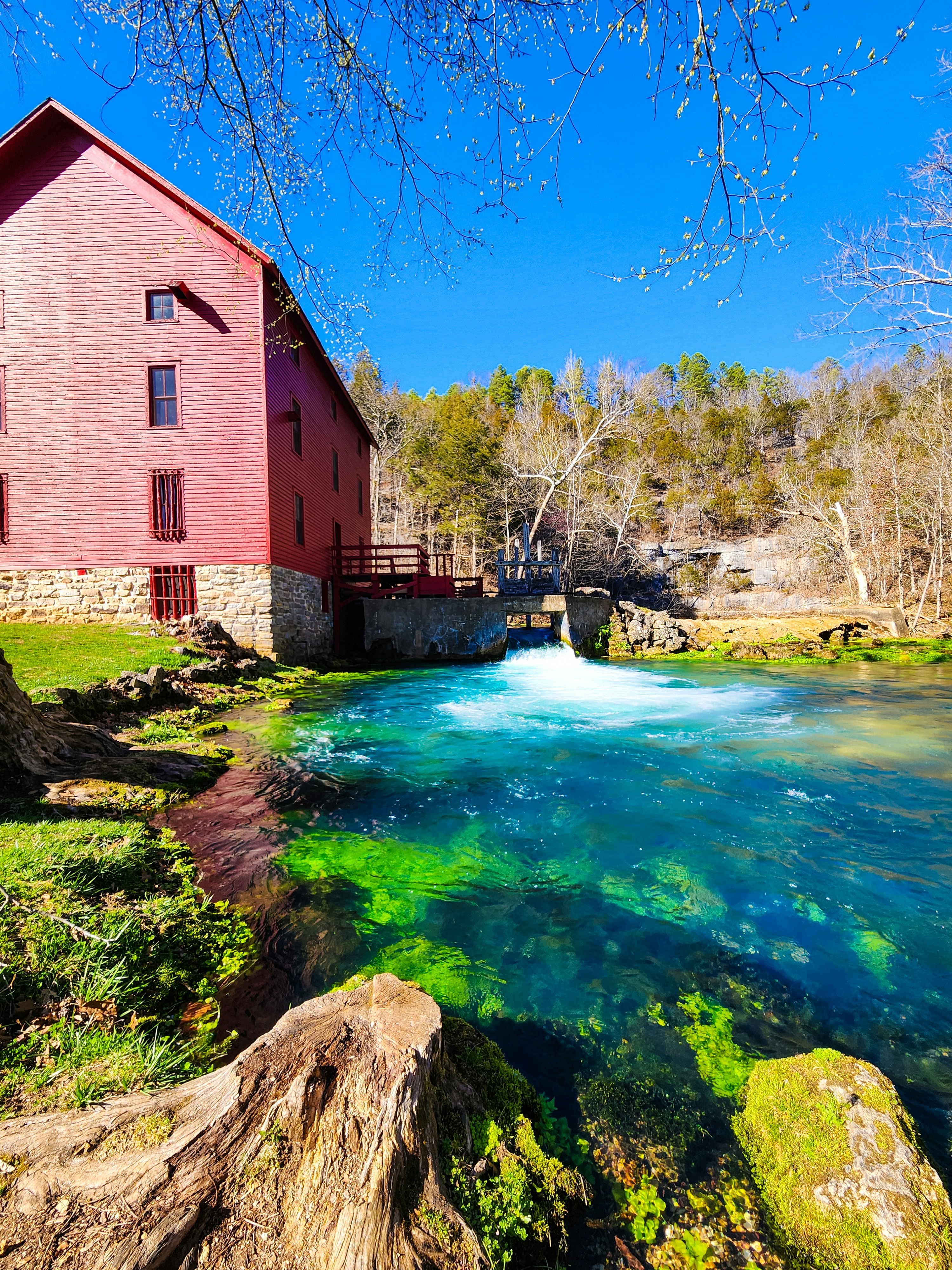
2. Ozarks, Missouri and Arkansas
Best for floating lazy rivers
It’s all about the water in the Ozarks. The verdant, lush, almost rainforest-like region is home to countless springs, lakes and natural lazy rivers, many of them protected within the Ozark National Scenic Riverways. Towering bluffs and extensive cave systems add to the appeal, along with a true four-season climate that makes outdoor adventures possible year-round. In Arkansas, Jasper is a gateway to the scenic Buffalo River, while Eureka Springs offers access to the White and Kings rivers and a funky mountain town vibe. In Missouri, Eminence makes an ideal base for floating the Current and Jacks Fork Rivers, with cozy cabins nearby and no shortage of springs, mills and trails to explore.
What to do: Get on the river! Buffalo River Outfitters is your one-stop shop for floating the Buffalo, with rentals, shuttles and even cabins. For the Kings, Trigger Gap Outfitters is the best. In Missouri, Harvey’s Alley Spring is our go-to outfitter for the Current and Jacks Fork. We live locally, so we typically shuttle, but we’ve also rented canoes and kayaks. There are also a ton of cabins in the area.
Where to eat: On the Rock Bar & Grill directly overlooks the Jacks Fork River in Eminence, MO. In Jasper, Arkansas, head to Low Gap Cafe for surprisingly elevated fare (the chef-owner trained at Culinary Institute of America in NYC). Newton County is dry – yes, seriously – so BYO wine or beer.
Planning tip: Don’t underestimate the impact rain has on Ozarks rivers. A couple of hours of rain can transform the clearest, calmest waterways into mud-brown, churning rivers, plus raise water levels by multiple feet. If rain is in the forecast, check conditions with a local outfitters before putting in.
Getting there: There are no easy ways to get to the best parts of the Ozarks, but thankfully they’re all scenic. The Springfield-Branson National Airport (SGF) offers the best access to both Jasper (just under two hours) and Eminence (2.5 hours). Some people fly into St. Louis for the Missouri Ozarks, about three hours away, for more flight options. Arkansas has other alternatives: Northwest Arkansas National Airport (XNA) outside of Bentonville and Little Rock, two and 2.5 hours away, respectively.
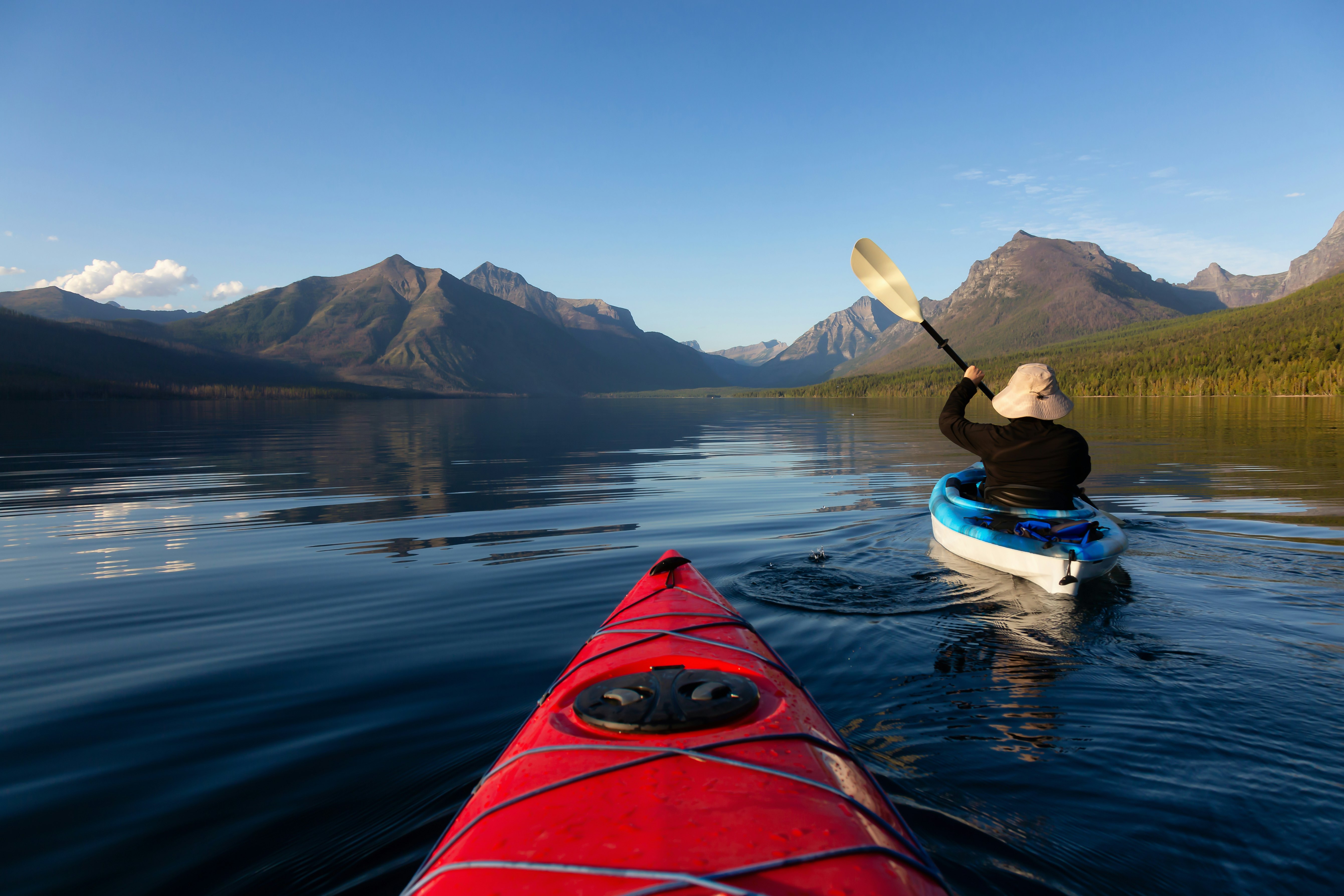
3. Flathead Lake, Montana
Best for a classic cabin getaway
Tucked between Missoula and Glacier National Park, visitors often overlook Flathead Lake – but in-the-know Montanans have retreated here for generations. The massive, glacially-carved lake is the largest natural freshwater lake west of the Mississippi (outside Alaska) and one of the world’s cleanest and clearest. Cherry orchards, fruit stands, breweries and log cabins ring the lake, with quick access to hiking trails, six state parks, fishing spots and boat rentals. Choose artsy Bigfork, Polson for the most services or my personal favorite, Lakeside, for killer lake and mountain views, an alpine coaster, lakefront park and one-of-a-kind luxe tiny cabins at The Cabins at Blacktail.
What to do: Rent a boat or kayaks (or alternatively, book a guided kayak tour) and explore some of the dozens of islands dotting the lake. The most popular include teeny-tiny Invitation Island, Big Arm’s pebble beaches and picnic areas and Wild Horse Island, which is, yes, occupied by wild horses.
Where to eat: The Raven in Bigfork is a lakefront tiki bar with incredible burgers and huckleberry cocktails. In Lakeside, start your days with breakfast sammies and savory pastries from Glacier Perks.
Planning tip: During peak season (early June through September), you’ll need a vehicle reservation to visit Glacier, a 45-minute to 1.5-hour drive to the West Glacier entrance.
Getting there: Polson is 65 miles north of Missoula; Lakeside and Bigfork are another 35 miles.
4. San Juan Islands, Washington
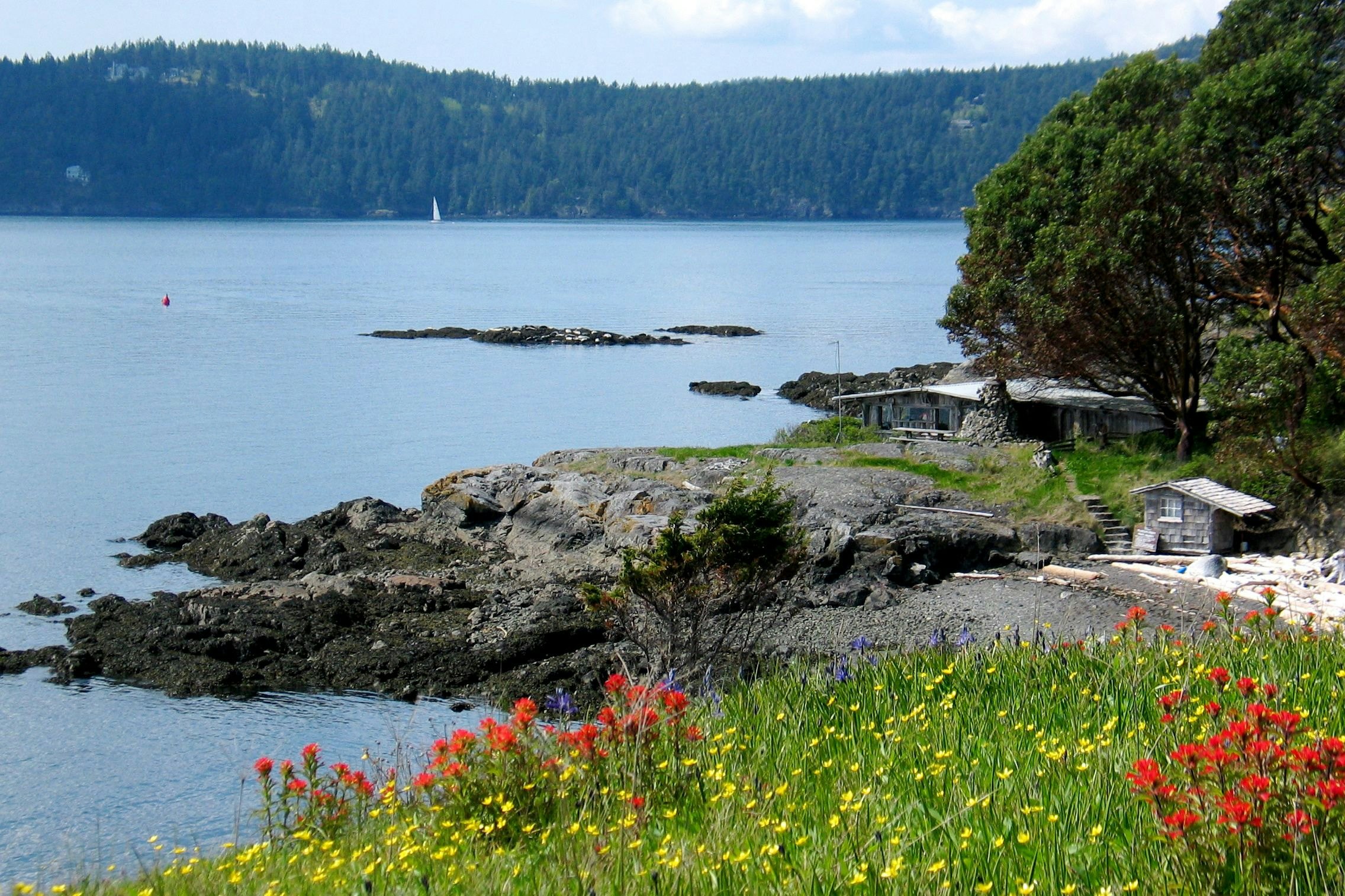
Best for an eco-friendly coastal getaway (and orcas!)
With misty pine forests, rocky shoreline, a slow-paced rhythm and resident orca pods, Washington’s San Juan Islands feel a world away from the mainland. Although the archipelago has over 170 islands, four serve as the main visitor hubs: San Juan, Orcas, Lopez and Shaw islands, each with a distinct vibe. San Juan Island is the most developed; Shaw is the least. Artsy, wild Orcas is paradise for hikers and paddlers; Lopez is a cycling haven. Spend your days kayaking, biking and browsing cute shops, constantly scanning the horizon for orcas, and stargaze from your cabin’s hot tub by night.
What to do: Book a whale-watching tour. In addition to orcas, you may see humpbacks, minke whales and seals. I had phenomenal experiences with Western Prince and Maya’s Legacy, both out of Friday Harbor, but you can’t go wrong with any Pacific Whale Watch Association (PWWA) member. On land, spot orcas from Lime Kiln Point State Park, AKA Whale Watch Park, on SJI. Bring binoculars!
Where to eat: On Lopez Island, low-key Setsunai Noodle Bar alone is worth the trek. Friday Harbor’s reservation-only Walden serves an upscale, seasonal tasting menu with literally perfect reviews.
Getting there: Getting here is half the fun. Fly into Seattle-Tacoma (Sea-Tac); Bellingham, Washington; or Vancouver, and drive or take a shuttle to Anacortes to catch the Washington State Ferry. You can also take a seaplane from Seattle via Kenmore Air or San Juan Airlines. On the islands, explore by car (pick up rentals in Friday Harbor), bike or scooter. Friday Harbor also has an in-town shuttle. The first-come, first-served Inter-island Ferry lets you hop between islands.
Reservations are required for bringing a vehicle onto the ferry, which I don’t recommend – space is extremely limited and the boarding line is often (literally) miles long.
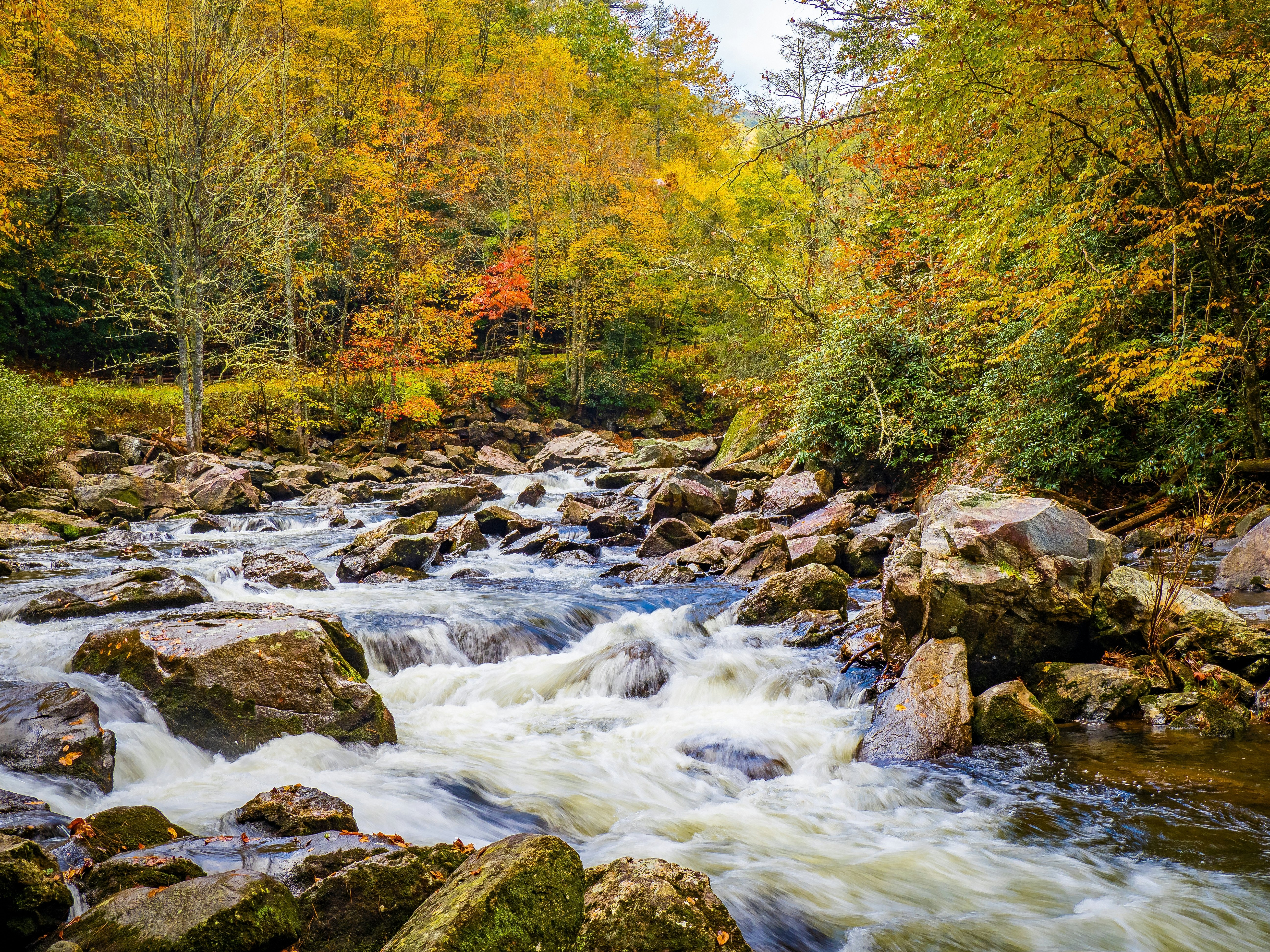
5. Nantahala National Forest, North Carolina
Best for chasing waterfalls
Just over one hour from Asheville and less than two from Great Smoky Mountains National Park, this slice of western North Carolina offers a quiet, wallet-friendly alternative. It’s the type of place where front porch sittin’, genuine Southern hospitality and swimming holes are ways of life. Hiking waterfall studded, rhododendron-lined, trails is a popular pastime, but you can also visit quirky museums (ahem, American Museum of the House Cat) and treasure-hunt in antiques shops. Highlands, Franklin and Cashiers have walkable, storybook downtowns and excellent selections of cozy creekside cabins.
What to do: Check out some of the many easily-accessible waterfalls along US 64 between Franklin and Highlands, including Dry Falls, Quarry Falls and Bridal Veil Falls, which you can walk behind.
Where to eat: Everything at Wild Thyme Gourmet in Highlands is excellent and if you like beer, don’t miss the Pickin’ Wildflowers saison or Lemongrass Wheat at Whiteside Brewing in Cashiers. Not into beer? The elevated pub fare is mouthwatering, too – try the Mother Hen.
Getting there: Depending on exactly where you stay, this region is 1-1.5 hours from Asheville, 2-2.5 hours from Knoxville, Tennessee and 2-2.5 hours from Atlanta.
Planning tip: Fall is the busiest time of year, so book your cabin well in advance if you plan to visit during peak leaf-peeping season (any time in October through early November).

6. Pennsylvania Wilds
Best for wildlife enthusiasts
With over 2 million acres of public land, the remote, rugged Pennsylvania Wilds is a dream for anyone hoping to truly unplug. The northeastern section packs in several highlights, including Cherry Springs State Park – a renowned stargazing site and the world’s second certified International Dark Sky Park – and Elk Country (Benezette), where over 1,000 wild elk roam free. Take in sweeping views of the Grand Canyon of Pennsylvania, and don’t miss the mysterious Coudersport Ice Mine, where ice forms in summer and melts in winter. Kinzua Sky Walk, once the world’s tallest, longest, railroad bridge, stretches 624 feet over a forested gorge and offers one of the most memorable views in the state.
What to do: Participate in a guided nighttime event at Cherry Springs State Park. Even if astronomy isn’t necessarily your jam, everyone should experience the wonder of an unpolluted night sky and seeing the Milky Way with the naked eye. If you can, try to visit at the end of June for synchronous firefly season. This mesmerizing phenomenon only occurs in a few places worldwide.
Where to eat: Nearly everything on the menu at Wild Crafter’s Kitchen at Gateway Lodge in Cooksburg is locally-sourced, from the Hen of the Woods crepes to the wild boar sausage pierogies and maple pecan pie. The lodge also has a stellar selection of 12 cabins accommodating 2-6 people.
Getting there: The Wilds is a roadtrippers’ dream, with Scenic Route 6 spanning the northern portion and I-80 extending across the southern section. Popular starting points include NYC; Philadelphia; Cleveland; and Washington, D.C., all within a 5-hour drive. If you fly, Pittsburgh is the closest city to the western entry point (1.5 hours) and Buffalo (2 hours) is the best option from the north.
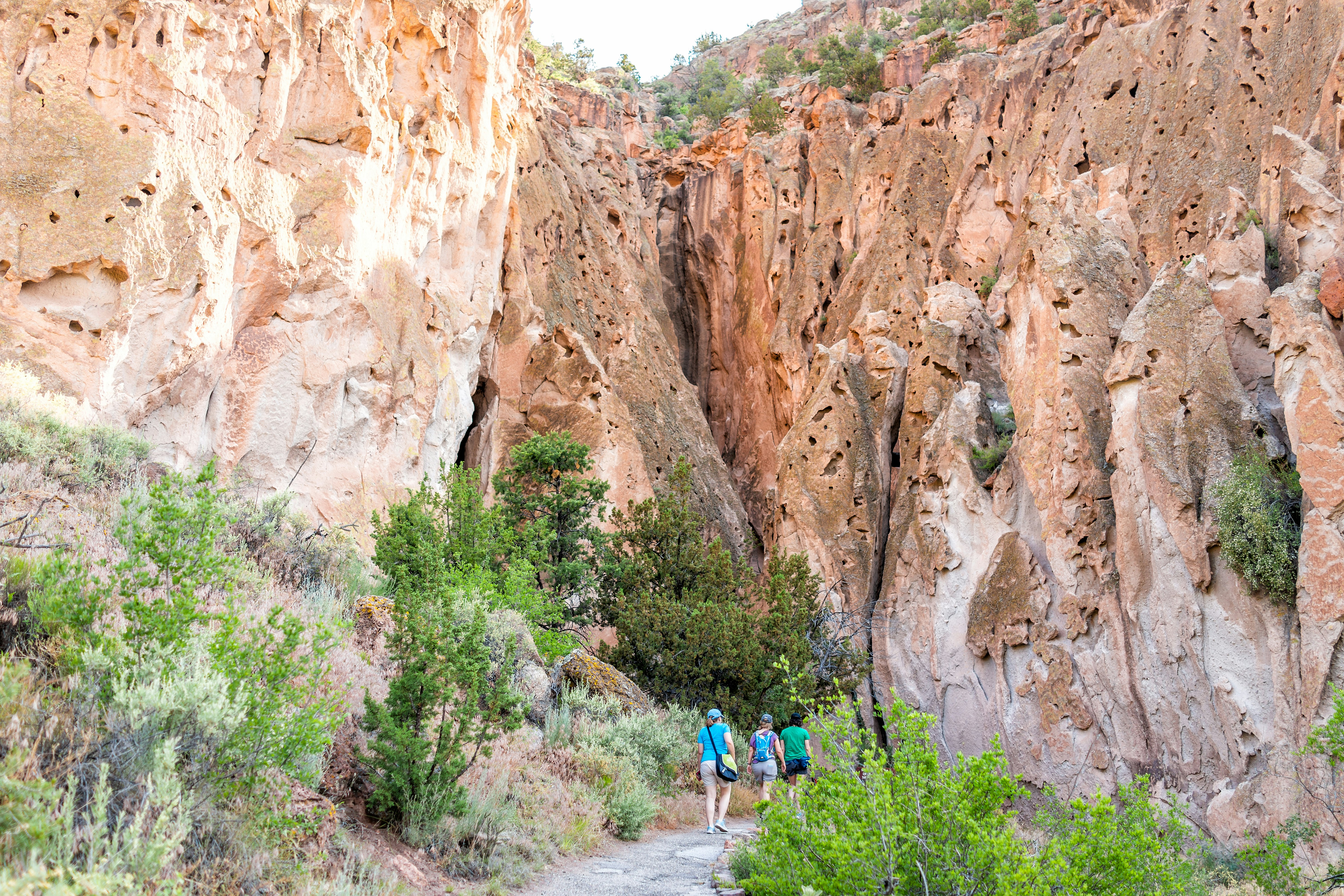
7. Jemez Mountains, New Mexico
Best for soaking in wild hot springs
New Mexico isn’t all sun-drenched desert. Head into the Jemez Mountains for a literal change of scenery, with dense pine forests, alpine meadows and elk galore. Set at over 6,000 feet, this high-elevation region stays cool in the summer and draws visitors year-round with its steamy natural hot springs. Tiny Jemez Springs is the main hub, but you’ll also find cabins near blink-and-you’ll-miss-it towns like Cuba and Abiquiu. Venture out to explore Bandelier National Monument, the vast Valles Caldera National Preserve or Los Alamos, birthplace of the atomic bomb.
What to do: Soak in as many hot springs as possible. Spence Hot Springs requires a short, steep hike, McCauley Warm Springs takes you by Jemez Falls and Battleship Rock, and San Antonio Hot Spring is one of the Southwest’s most beautiful – but involves a hike and long drive on a rough road. Developed Jemez Hot Springs also rents cabins. I’ve stayed in (and loved) the Red Mesa cabin.
Where to eat: Jemez Mountain Brewhouse serves the perfect combo: pizza and local beer. For coffee and homemade pastries (and strong wi-fi), stop into Highway 4 Cafe.
Getting there: Jemez Springs is just shy of 1.5 hours from both Santa Fe and Albuquerque.
Planning tip: While you can visit the Jemez Mountains year-round, winter driving conditions can be downright dangerous. Stretches of State Route 4 are notorious for snowdrifts and ice pack and may temporarily close. Check NM Roads for real-time conditions before your trip.
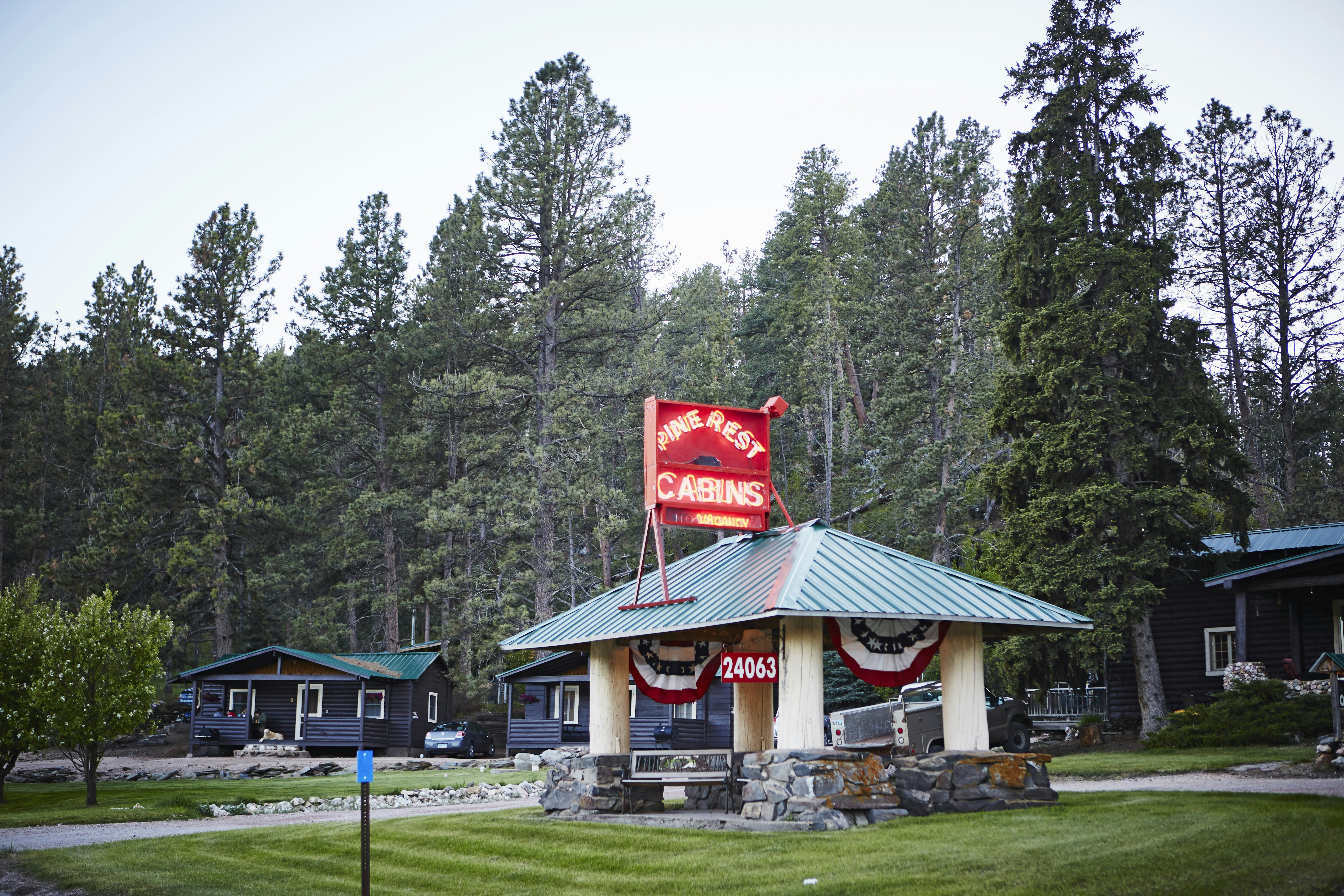
8. Black Hills, South Dakota
Best for families
Despite being home to a number of heavy-hitters (Mount Rushmore, the Crazy Horse Memorial, Custer State Park and its famous Needles Highway and Wind Cave National Park), South Dakota flies under the radar. If you’ve never been, its pine-covered mountains, granite spires, wildlife and winding byways will surprise you. Rent a rural cabin (we loved High Country Guest Ranch and Custer’s Sylvan Lake cabins for our elopement), then head to Rapid City, Hill City or Deadwood to browse old-timey shops, ride the 1880 Train, go off-roading, visit local wineries or catch a Wild West shootout.
What to do: Drive Iron Mountain Road inside Custer State Park, with 300-plus S-curves and turns in an 18-mile stretch. In the winter, go snowmobiling (rent from Mad Mountain Adventures).
Where to eat: Skogen Kitchen, headed up by multi-year James Beard semi-finalist Joseph Raney, serves a wholly unexpected globally-inspired menu. Think roasted octopus and trout roe steam buns.
Getting there: Fly into Rapid City Regional Airport; everything you’ll want to see is within a one-hour drive. The Black Hills are also a popular addition to Yellowstone National Park road trips.
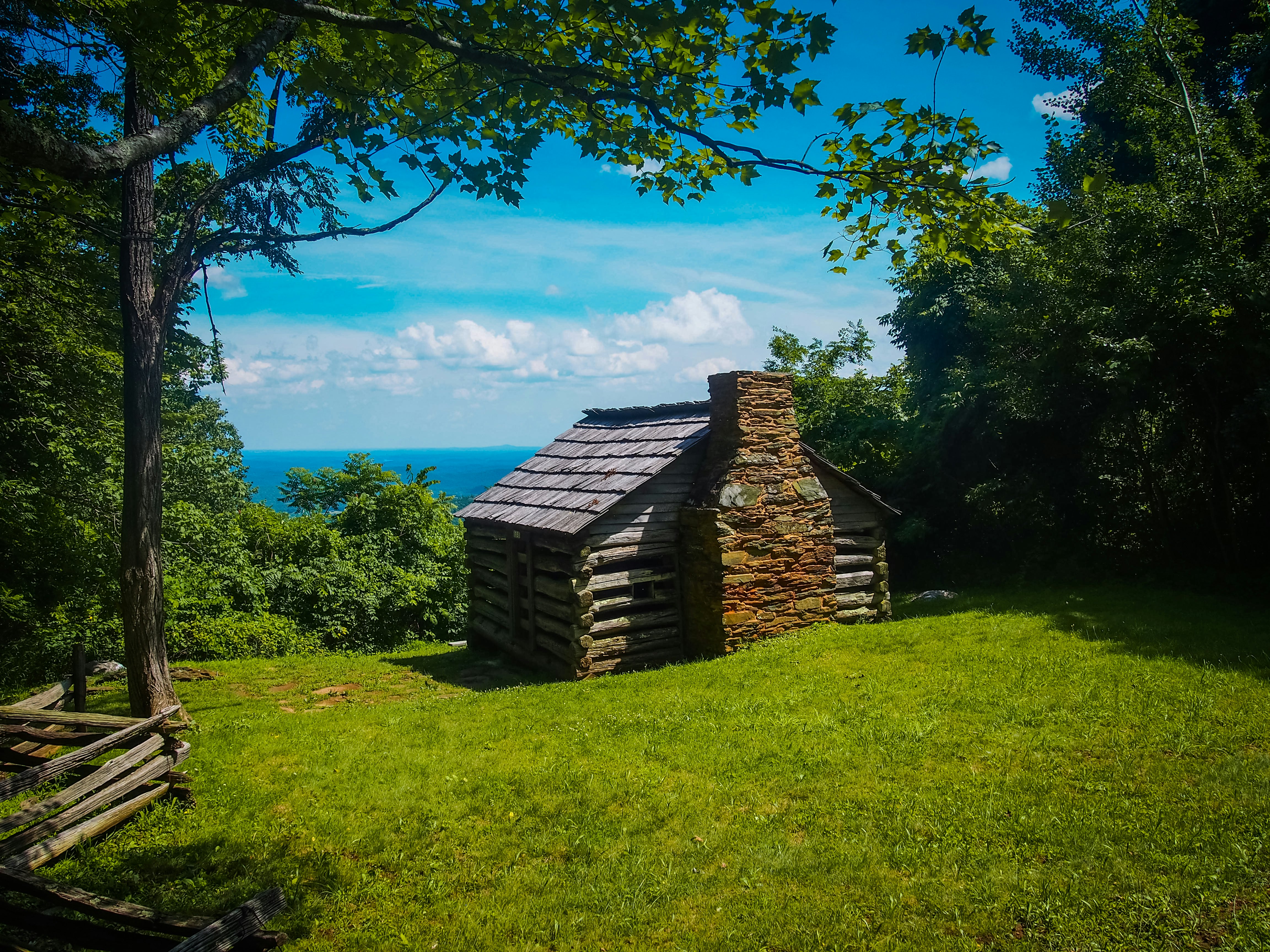
9. Virginia’s Blue Ridge
Best for iconic hikes and authentic Appalachian culture
Perched along a quiet stretch of the Blue Ridge Parkway, Virginia’s Roanoke Region combines rural charm, bucket list Appalachian Trail hikes and fascinating history. The Roanoke Valley anchors the area, framed by small towns, wineries and over 1,000 miles of trails. Partake in moonshine tastings in the “wettest county in the world” (Franklin), old-fashioned jamborees and year-round festivals. Cabins are plentiful, including in many state parks and at Mountain Lake Lodge, the real-life Kellerman’s Resort from Dirty Dancing. Roanoke’s museums and walkable downtown round things out, and the lesser-visited southern section of Shenandoah National Park is just 90 minutes away.
What to do: Hike to McAfee Knob, one of the most recognizable spots on the AT. The 4-mile (one way) trek takes you to the iconic ledge, where it looks you’re standing on top of the world.
Where to eat: Hole-in-the-wall Texas Tavern in Roanoke seats exactly 10 patrons, stays open 24/7 and hasn’t changed one bit in its near 100-year history. It’s all part of the charm.
Getting there: Roanoke has a regional airport served by American, United, Delta and Allegiant. It’s also a convenient driving destination, within a four-hour drive of major cities including Richmond, Virginia; Washington, D.C.; and Raleigh and Charlotte, North Carolina.
Planning tip: The Roanoke Region and Virginia’s portion of the Blue Ridge Parkway fully reopened after Hurricane Helene, but areas further south are still recovering. Visit with respect and patience.

10. Teton Valley, Idaho
Best for a low-key basecamp near top national parks
Just west of Grand Teton National Park in eastern Idaho, "the quiet side of the Tetons" offers a slower pace and more affordable alternative to Jackson Hole. Victor or Driggs, 10 minutes apart and connected by a bike path, make a perfect home base, with cabins, breweries and enough dining and shops to entertain you between adventures. Grand Targhee Resort is minutes away for winter sports and summer family fun, and Yellowstone is an easy day trip, two hours north. Outdoor recreation never quits, from fly-fishing to whitewater rafting to skiing with in-your-face views of the Tetons.
What to do: Hike Table Mountain for one of the best views of the Grand Tetons’ iconic Cathedral Group (no, it’s not in the national park!). Prefer an elevation gain with less effort? Take a scenic chairlift ride at Grand Targhee, just one of many fun summer activities.
Where to eat: Provisions Local Kitchen has the best breakfast in the valley – and it’s not even close. I’m typically a savory breakfast person (‘The Glory’ potato bowl is excellent), but I can’t resist the enormous pancakes. And the famous fresh huckleberry milkshakes at Victor Emporium are a must.
Getting there: Victor and Driggs are equidistant (just over one hour) from airports in Jackson Hole and Idaho Falls, Idaho. Although it’s nearly five hours away, Salt Lake City is a popular alternative, with far more flight and rental car options – at far more appealing prices.
Planning tip: Teton Pass, connecting Teton Valley with Jackson, Wyoming, can be treacherous in winter and sometimes closes completely. Check road conditions before driving and have a backup plan in case you get stuck on either side.








